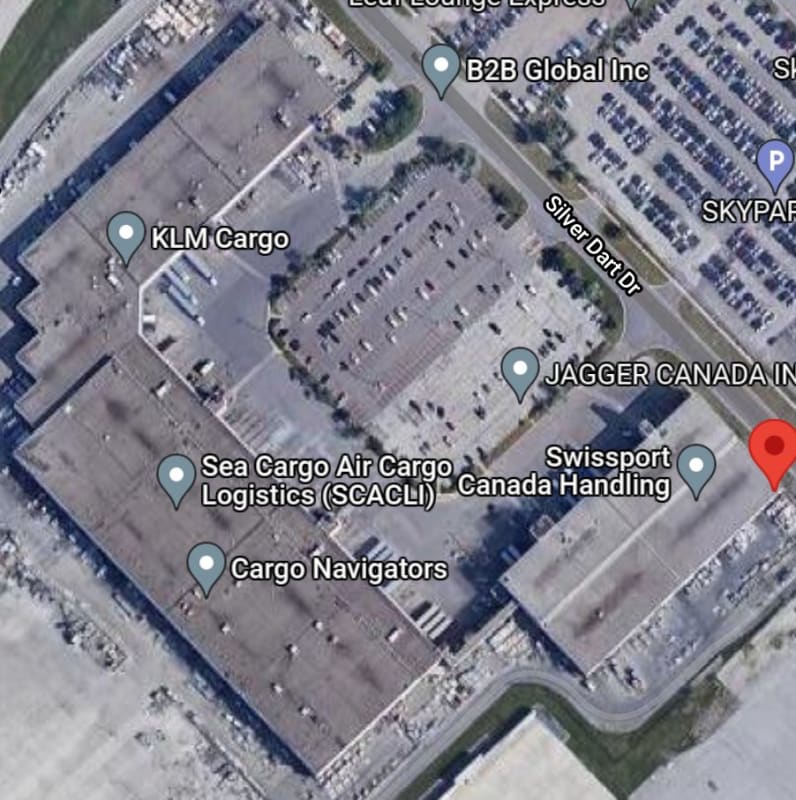AaronMcD
Structural
- Aug 20, 2010
- 273
We are asked to bid 140k sqft of warehouse space, 2 buildings, 2 stories each. Normally do residential and hospitality. Any tips on how to bid, and online sources or personal tips for design? (seismic area)
Anyone have special design considerations that might not be intuitive? Mainly things like how to deal with the huge diaphragm (e.g. do you break it into subdiaphragms? Is there a length limit between lines of seismic resistance?) or foundation (foundation ties? cross footings or in-slab ties? Loads to design ties for?).
Our usual projects do not have much optimization. Where would you consider going over minimum sizes? Any typical construction methods and/or details?
Any typical construction methods that may not be obvious? All steel, vs concrete or tilt up first floor? Hot roll vs OWSJ at roof? (interior columns, 30 ft spans)
Kind of a broad open-ended question, I know. I can probably find all the info on design eventually, but any head start is appreciated. First step is bid.
Anyone have special design considerations that might not be intuitive? Mainly things like how to deal with the huge diaphragm (e.g. do you break it into subdiaphragms? Is there a length limit between lines of seismic resistance?) or foundation (foundation ties? cross footings or in-slab ties? Loads to design ties for?).
Our usual projects do not have much optimization. Where would you consider going over minimum sizes? Any typical construction methods and/or details?
Any typical construction methods that may not be obvious? All steel, vs concrete or tilt up first floor? Hot roll vs OWSJ at roof? (interior columns, 30 ft spans)
Kind of a broad open-ended question, I know. I can probably find all the info on design eventually, but any head start is appreciated. First step is bid.

